Magnetically steerable, acid-resistant micromotors are developed that can be fabricated by electrostatic attraction between magnetite nanoparticles and gold microrods at pH ≈ 4.
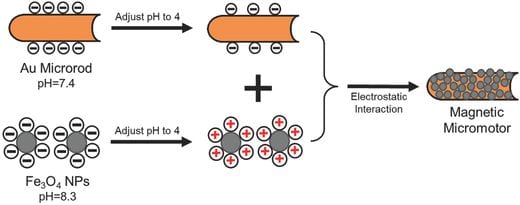

Magnetically steerable, acid-resistant micromotors are developed that can be fabricated by electrostatic attraction between magnetite nanoparticles and gold microrods at pH ≈ 4.
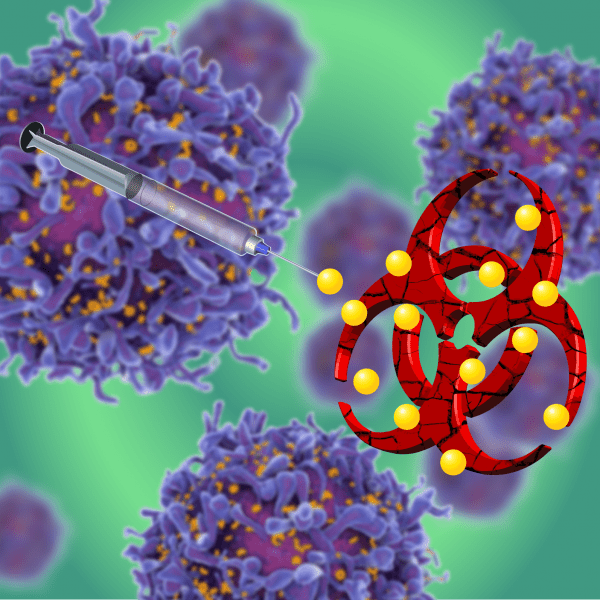
Nano- and micro-particulate vaccine delivery systems minimize side effects, trigger targeted and robust immune responses, and protect and stabilize vaccine components
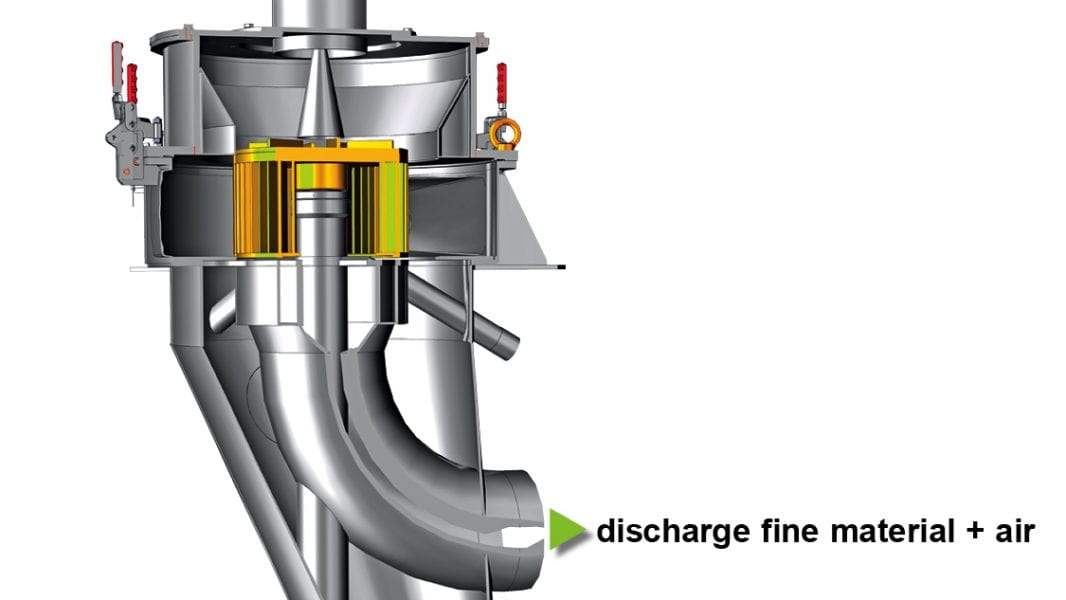
The new design of an air classifier allows a fineness range from 200 μm to 2 μm.

Bulk nanostructured materials have been the subject of extensive research over the past couple of decades due to their extraordinary mechanical and functional properties.
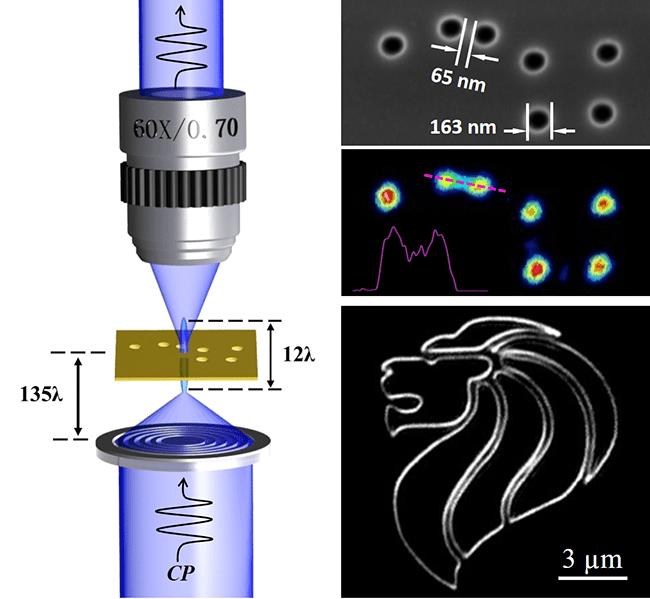
Minghui Hong and colleagues report super-critical-lens (SCL) optical label‐free microscopy, which clearly distinguishes a pattern with a feature size of 65 nm in air and with a 55 μm working distance.

Researchers are applying nanotechnology to cancer immunotherapy toward the development of nanocarriers for delivery of cancer vaccines and chemo-immunotherapies.

Hot electron injection within hybrid metal–transition metal dichalcogenides systems is analyzed and offers new physical insights into enhancement of optoelectronic activity with nanoantennas.

Single-cell RNA analysis is now possible through innovative platforms combining state-of-the-art microscopy methods with various contrast-generating nanomaterials

The majority of the developed bio-systems based on 2D transition metal dichalcogenides are reviewed in Small.
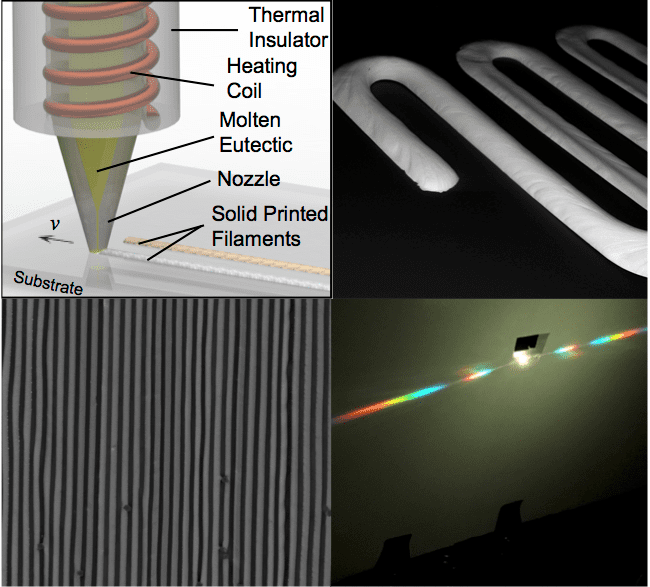
Jennifer Lewis and colleagues report a new process for creating mesoscale eutectic architectures, known as high operating temperature direct ink writing (HOT‐DIW).